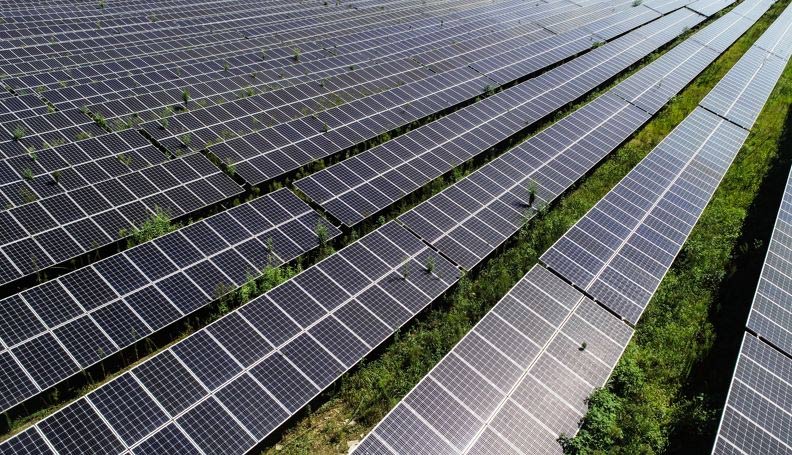IHS Markit: Accelerating the process of localization of photovoltaic equipment will become the key to "reducing cost and increasing efficiency" of modules!
Strengthening domestic manufacturing, continuing rising costs of PV modules and promoting more specific policy frameworks will be some of the key themes in the global cleantech sector this year, according to a research report released by the research firm.
The trend of tightening the global PV supply chain is expected to continue in 2022, especially the price of PV modules will remain high in the first half of this year. However, there are some positive developments that can alleviate current supply chain challenges, such as increased polysilicon capacity and the growing number of wafer makers entering the PV market.
Trade barriers and geopolitics will begin to reshape the global PV manufacturing landscape. Policies aimed at reducing the dependence of major PV installation markets on international module imports (such as the Indian government has launched a production-linked incentive scheme or the US is currently discussing the "Build Back Better" Act) could be an important driver for stimulating PV module production.
Lithium-ion battery prices rose by 10% to 20% in the second half of 2021. The price of lithium iron phosphate (LFP) batteries, a mainstream battery for grid-scale energy storage systems, is also rising. The trend of rising battery prices is not expected to stop until 2024.
Lack of standardization and infrastructure, coupled with high costs, has been a major obstacle to the development of carbon capture, utilization and storage (CCUS) and hydrogen energy technologies. Since last year, policymakers have begun to take action on all three, providing companies and investors with clear information, and starting to build frameworks to facilitate the development of mega-projects.
Countries around the world are beginning to issue definitions of low-carbon or “clean” investments, for example, the EU’s proposed revised REDII (rules for renewable fuels of non-biological origin) would effectively set standards for the production of green hydrogen in the region.
The policy push is expected to continue through 2022. The main elements of the future EU framework (namely the revised REDII, the hydrogen and gas market decarbonisation package) will now be negotiated between the European Commission, Parliament and Member States. Meanwhile, the UK plans to agree to a package of support for its first CCUS project this year.
Catherine Robinson, executive director of European Power, Hydrogen and Renewable Gas Research at IHS Markit, said: “Rising carbon prices, targeted support and quotas provide increasing certainty about the demand trajectory for CCUS and hydrogen. The bipartisan infrastructure bill in the U.S. would allocate $12 billion for CCUS and $9.5 billion for green hydrogen. At the same time, the European Union and South Korea have both set targets to require significant use of low-carbon hydrogen and ammonia by 2030.”

The CCUS industry recovered last year as increasingly ambitious global climate goals drove demand for potential solutions. Large-scale CCU projects saw a 26% increase in the construction, design, financing and planning stages in 2021.
In terms of industrial diversification, CCUS' market activity marks a shift from traditional natural gas power generation facilities, which have historically been the dominant industry, to a broader project pool including heavy industry, hydrogen production and power generation.
"As this market continues to grow, more projects will be announced across multiple regions and industries," said Paola Perez, research analyst at IHS Markit. "Regional expansion is expected to continue in 2022. While North America and Europe will continue to lead the market, other countries with net zero targets, high emissions and a good understanding of energy storage capacity will likely announce new CCUS projects in 2022.”


View More(Total0)Comment Lists